Find What Type of RAM a Mac Uses & the Maximum Supported Memory
Different Mac models use different types of RAM, and each also supports a different maximum level of RAM. Unless you spend a lot of time upgrading and repairing Macs yourself, you probably don’t know these exact details off the top of your head, and that’s just fine because the information can be retrieved directly from the Mac in most cases. This is vital information to know if you have determined a memory upgrade is in order, so we’ll cover several different ways to find out what RAM type and speed a given Mac uses, what the maximum amount of supported RAM is, and if RAM slots are available.

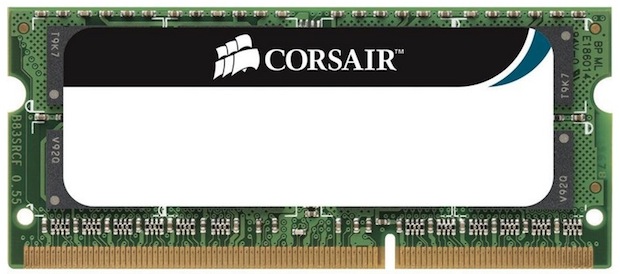




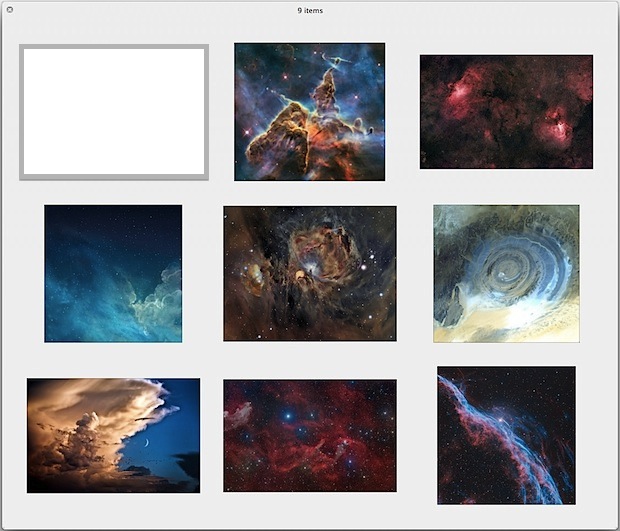

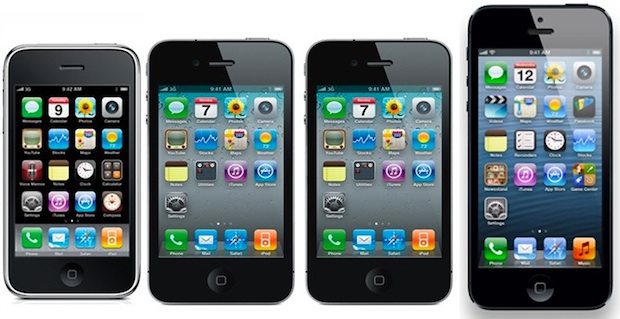
 Ever needed to quickly mirror a Mac display, switching another screen from an extended desktop to the mirrored image of what’s on the primary screen? Sure, you can visit the System Preference Display panel and fumble around in settings, but there is a much easier and faster way to toggle display mirroring with just a simple keyboard shortcut.
Ever needed to quickly mirror a Mac display, switching another screen from an extended desktop to the mirrored image of what’s on the primary screen? Sure, you can visit the System Preference Display panel and fumble around in settings, but there is a much easier and faster way to toggle display mirroring with just a simple keyboard shortcut.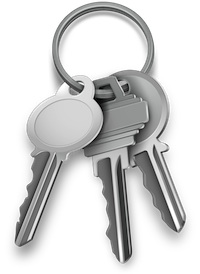 iOS devices can use an optional
iOS devices can use an optional 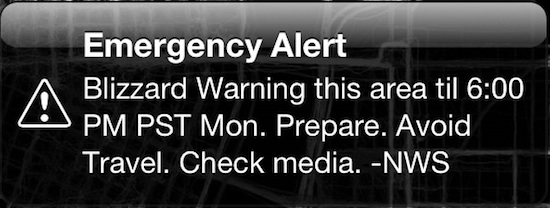

 The iPhone is easily one of the best pieces of technology ever invented, but let’s just go ahead and admit that nothing is perfect. There are a few default settings on the iPhone that are just plain annoying, but within just a minute or two you can fix all of that with a handful of simple adjustments, and have a much better experience.
The iPhone is easily one of the best pieces of technology ever invented, but let’s just go ahead and admit that nothing is perfect. There are a few default settings on the iPhone that are just plain annoying, but within just a minute or two you can fix all of that with a handful of simple adjustments, and have a much better experience.
 Certain situations require a Mac to be booted from an external boot volume, rather than the primary startup disk. There are plenty of reasons for booting from external volumes, whether it’s to troubleshoot problems, repair disks,
Certain situations require a Mac to be booted from an external boot volume, rather than the primary startup disk. There are plenty of reasons for booting from external volumes, whether it’s to troubleshoot problems, repair disks, 